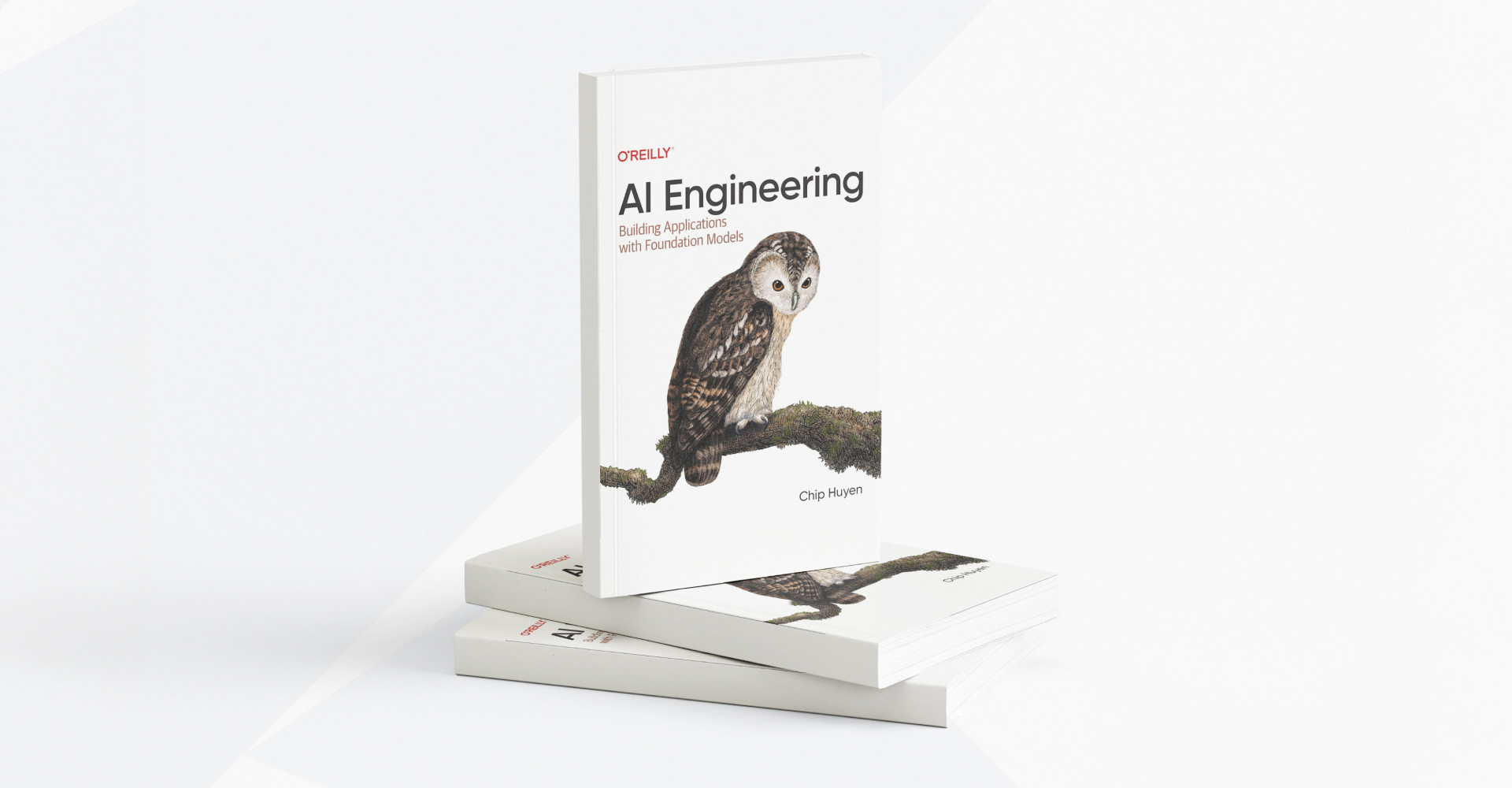
We've all heard the promise: AI will revolutionize software development, making us faster and more efficient than ever. And yeah, AI can supercharge velocity. But in a recent project, we learned a lesson: unchecked speed often comes with some serious, hidden costs. This wasn't because the use of AI itself was flawed; it was a side effect of a project where speed was the only directive.
Our journey started like a lot of ambitious projects do: with a huge goal and a killer deadline. To hit that aggressive timeline, we pitched our client on something big: throwing AI-assisted development tools into our workflow.
The client was on board, but with one crucial condition: go fast. So, we dove into an intense two-week sprint. We slashed processes, cut back on team meetings, and pushed hard to see just how much we could get done, and how quickly.
We knew from the start that accelerating delivery by cutting some processes would introduce risk. But we also understood that this was the only viable path to meet the expectations and timeline. So we leaned into the challenge, intentionally adjusting our approach, and staying mindful of the trade-offs.
We jumped into a two-week sprint, reduced meeting time, trimmed ceremonies, and focused purely on output. The result? We moved fast, really fast. But not blindly. As we progressed, we actively tracked risks, noted what we were skipping, and prepared ourselves to course-correct after delivery.
Yes, speed delivered results, but it also surfaced important lessons about what’s worth protecting, even under pressure. And those lessons are shaping how we approach future fast-paced projects, especially when AI is in the mix.
1. Inconsistent Standards
Our codebase exploded, but it was a bit of a hot mess. Without solid process guardrails, our AI-fueled momentum became chaotic. We started asking ourselves some hard questions:
- What does "good enough" even look like for AI-generated code?
- What's our absolute minimum quality bar?
- When is this insane speed actually helping, and when is it quietly breaking everything?
We quickly realized that how you use AI is just as important as whether you use it at all.
- AI as an Assistant: Here, the developer stays in control. AI offers support, tossing out solutions or suggestions when you hit a wall. It's a more manual process, and slower, but it consistently delivers higher-quality results.
- AI as the Driver: The developer gives a prompt, and AI goes wild generating code. It's lightning-fast. But the code quality? Often compromised.
The real challenge became finding that sweet spot. Too much control, and you're not really getting the most out of AI. Too little, and you're stuck with spaghetti code that's a nightmare to maintain.
2. Unrealistic Expectations
At first, expectations were through the roof. Could we really double or triple our output overnight? The reality turned out to be a lot more nuanced.
AI shines when you're starting from scratch, making independent decisions on brand new projects, even early prototypes. But as soon as we hit real-world complexity (legacy systems, tricky architectural decisions) AI started to struggle. It needed a lot more hands-on guidance and oversight.
Suddenly, we weren't just coding. We were coaching. When we ran into complex problems, our role shifted from writing code to guiding the AI and making critical architectural calls. AI needed guardrails, decisions, and context.
That dream of 20x speed, born from unrestrained experimentation, gave way to a more practical understanding. While fast, the "anything goes" approach wasn't sustainable; it quickly led to a messy, unmanageable codebase.
Our focus shifted from how each individual used AI to the quality of the final product. We started evaluating solutions not just by how fast they were delivered, but also by how well they stuck to our defined quality standards. Does the code work? Is it well-architected? Does it meet our minimum quality thresholds?
3. AI Magnifies What’s Already There, for Better or Worse
AI didn’t just speed things up. It amplified everything.
Think about a developer's core strengths: speed, code quality, problem-solving. Every developer naturally prioritizes some over others. With AI, these personal weightings become amplified.
A developer who leans towards speed will become exponentially fast with AI, while someone who prioritizes quality might seem comparatively "slower" (though still faster than pre-AI). The gap between these approaches widened, really highlighting the differences within the team.
This brought up a crucial team-level discussion:
- What do we collectively prioritize?
- What standards should we uphold as a team?
- Are we truly rewarding speed… or are we rewarding actual outcomes?
We're actively working to nail that balance. The tricky part? The team isn't making all the decisions; there's a client calling the shots.
4. The Client Sees the Speed, Not the Tradeoffs
Once you show a client you can move three times faster, how do you then turn around and say, "Actually, we could go super fast, but we're going to slow down a bit to prioritize architectural decisions"? The client will almost always push for continued speed, without fully grasping the long-term implications or the technical debt it can create. These trade-offs, which are always a part of software development, are now even more obvious and a lot harder to navigate.
This creates internal friction. A client might see one developer moving at warp speed, because that developer prioritizes speed, and then demand that everyone else match that pace. They don't see the unseen work or the critical long-term considerations other team members are prioritizing. This can lead to a perception of uneven performance within the team. AI simply highlights all of these dynamics.
The use of AI isn't up for debate anymore. It's a tempting tool for development managers, offering the illusion of doing three times more with the same resources and budget. It feels like a massive jump in computational power just by adopting AI. This has, in turn, inflated expectations, especially in the short term.
It's no longer about being 10x faster than without AI; it's now, "Hey, why are we a little slower than last week?"
The benchmark just keeps rising. Every new speed metric shared with the client becomes the new expectation. It's a continuous upward adjustment.
Closing the Loop: From Chaos to Control
It's important to remember that our experience was rooted in a high-pressure, and relentlessly fast-paced project.
We made deliberate choices to adapt to what the project needed most: speed. We knew that came with trade-offs: technical debt, uneven team pacing, and the constant pressure of rising expectations.
But instead of ignoring those challenges, we tackled them head-on. We automated where it made sense, adjusted roles, and made tough calls to preserve quality without bringing momentum to a halt.
What once felt like an impossible timeline is now within reach. The codebase is solid, the delivery date is realistic, and we’ve found a way of working that’s stable, maintainable, and far more sustainable than it was just a few months ago.



.png)

.png)









